Los Angeles is the place where the American dream is being lived. The beautiful location with warm climate and the Pacific Ocean helps to further sweeten the joyous life that prevails in the now very large American city.
When you say Los Angeles, you have to say Hollywood and all the movie productions going on here. It is the city of dreams, and everything is possible in Los Angeles, which as a tourist you get the feel of in the city’s exclusive neighborhoods like Hollywood and Beverly Hills.
Los Angeles is spreading in a very large area, but this has not always been the case. This allows you to continue to visit the city center and what constitutes the old town with El Pueblo as one of the main sights.
The Los Angeles area is also a place with plenty of opportunities for a rich variety of attractions and entertainment. Amusement parks are like pearls on a leash, and the area also offers some fine museums. If you want to get out of the city, there are among other national parks, large desert areas, the Pacific, San Diego and Mexico at a short distance.
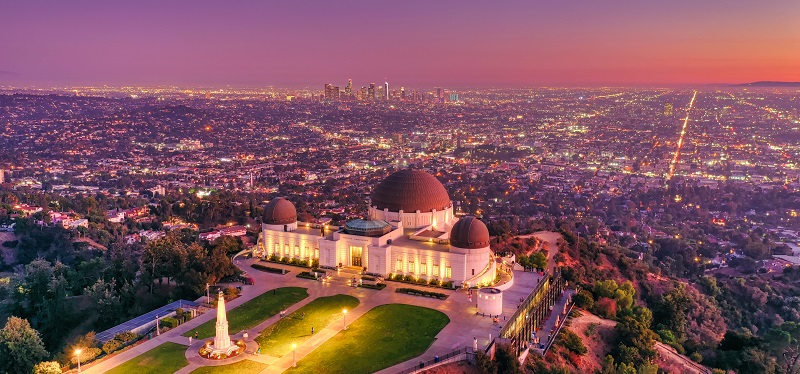
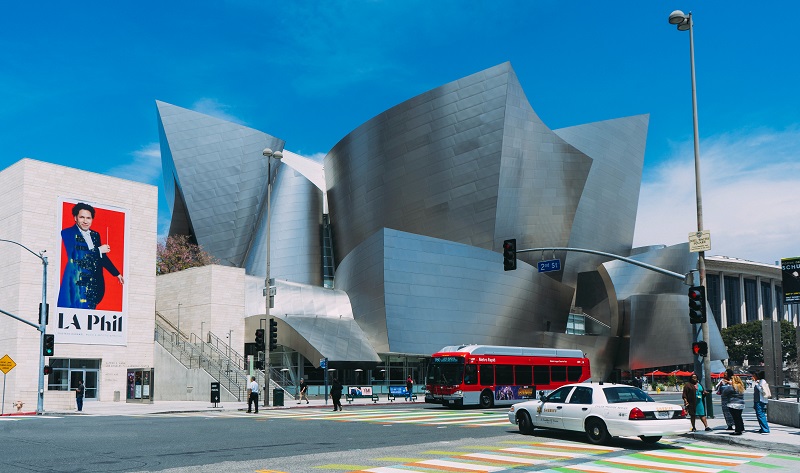
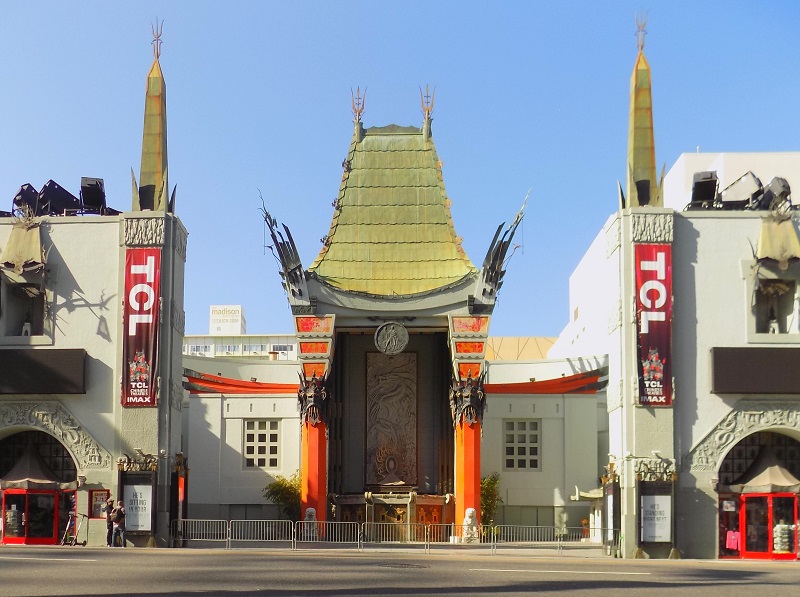

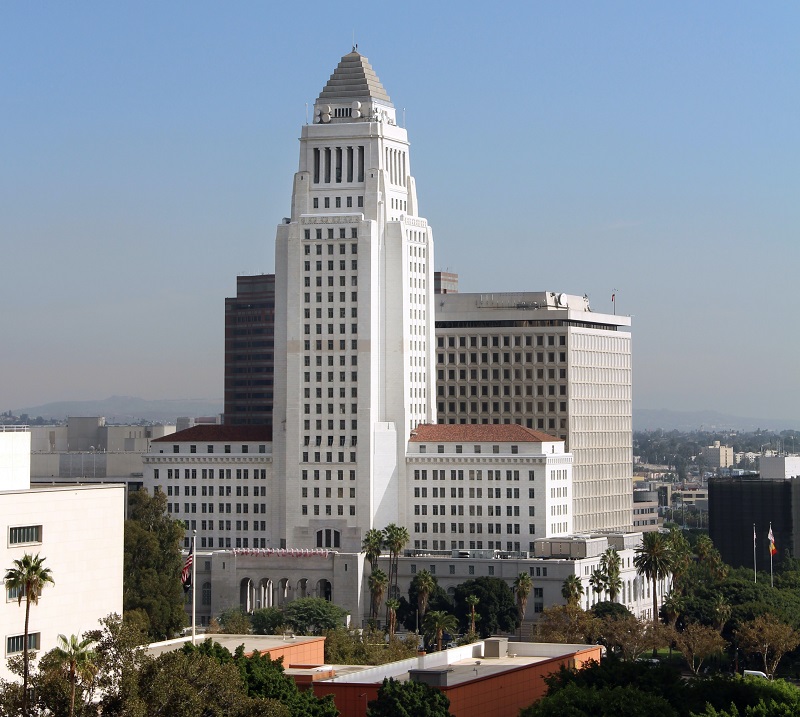
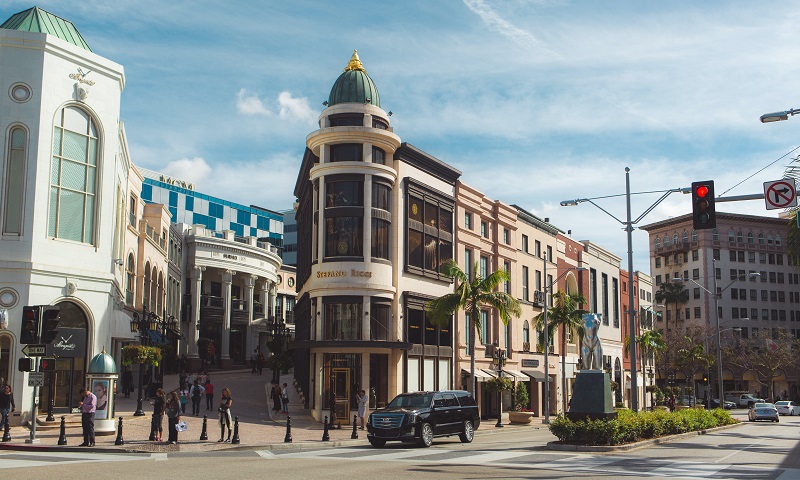
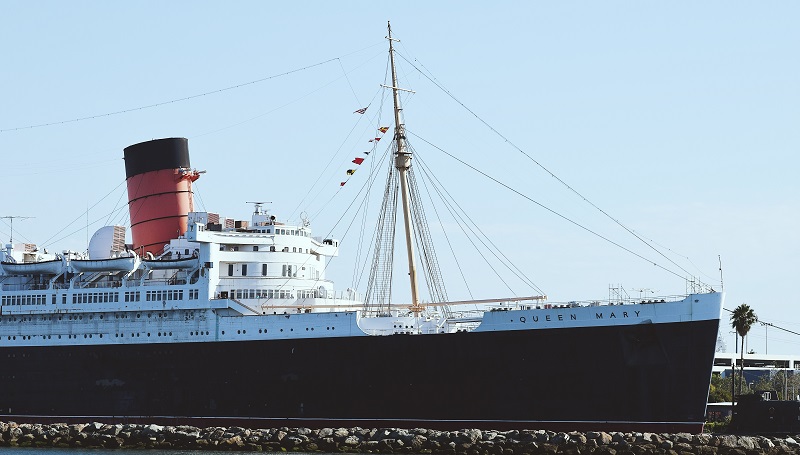
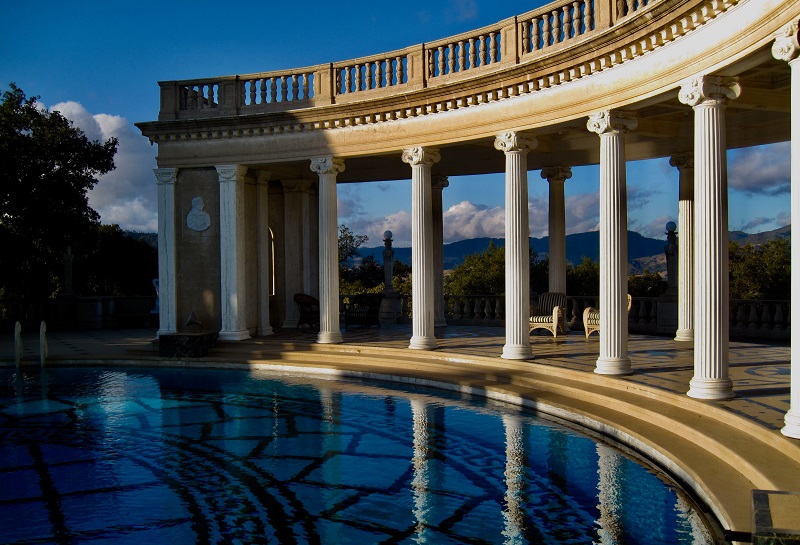
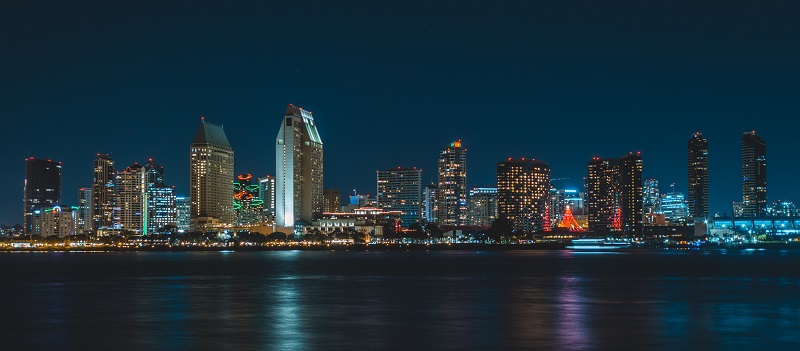
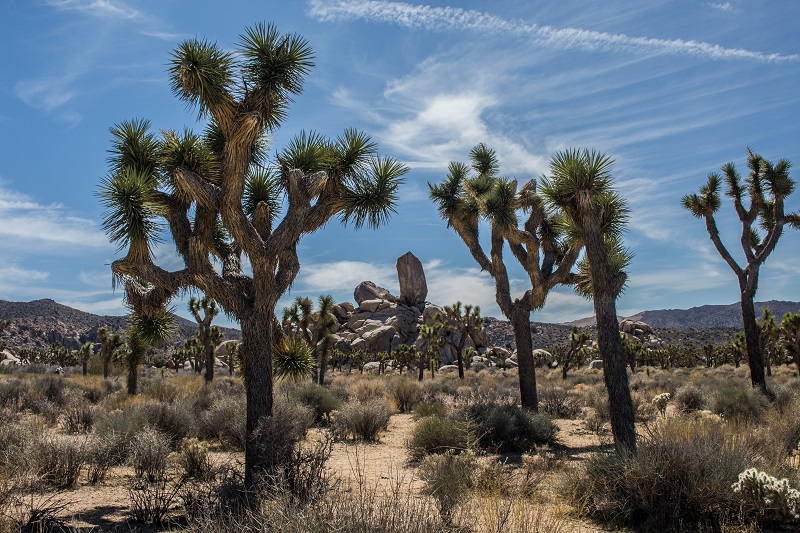
The European Missionaries
Like other parts of the United States, the Los Angeles area has been inhabited for millennia by Native American tribes who migrated here from Siberia.
In 1542, the first Europeans came to the California coasts. That’s when Juan Rodriguez Cabrillo sailed to find a passage to Asia. In 1602, Captain Sebastián Vizcaíno laid anchor on the island of Santa Catalina, after which it would take 166 years before the next Europeans arrived.
Thus, the first real permanent European presence was in 1769, when the Spanish under the leadership of Gaspar de Portolà colonized the Californian area from the south. The group of about 60 people spent the night in the deserted landscape by a river, and the area’s character and potential for cultivation appealed to them: Here the basis for a real urban development was present.
The Catholic missionary Juan Crespi called the river El Rio de Nuestra Señora la Reyna de Los Angeles de Porciuncula, meaning the River to Our Lady, the Queen of the Angels of Porciuncula, and in this way the city got its later name.
Spanish cities, settlers and Mexico
In 1771, the Spaniards founded the Mission Church of San Gabriel in the area and later followed Spanish colonists from Mexico. They were to establish new cities in the name of the Spanish king. It was in 1781 that 12 families arrived and named their new city by the nearby river. The city’s name was shortened to Ciudad de Los Angeles.
Spanish dominance gradually weakened, and from 1821 Los Angeles became part of independent Mexico. For this reason, there was no major development in the area, and it was a small town that, after the US-Mexico War of 1846-1847, came on American hands with the rest of California. This happened formally in 1850.
Part of the United States of Growth
In 1876, the railroad came to Los Angeles when Southern Pacific built a line from Tuscon in Arizona. The route continued to San Francisco, giving the city a central location for passenger and freight transportation. Over a decade, Los Angeles, among other things, exported oranges to the eastern United States.
In the 1880s, several cities were founded and established as part of Los Angeles; Hollywood, among others, emerged on the grounds of a ranch. The city flourished and by 1890 the population was 50,000.
In 1892, oil was found in the Los Angeles area, and in the following decades production increased to significant quantities, making Los Angeles an even more significant city for the United States economy.
Beginning of the 20th Century
In dry California, water was a scarce resource. Greater urban development required an increase in water supplies. It happened in 1913, when Irish William Mulholland completed the 400-mile aqueduct from the Owens Valley in central California to Los Angeles. The water supply led to a larger expansion of Los Angeles’ area in 1915.
Tinseltown and industrial development
In the roaring 1920s, more and more movie companies established themselves in the neighborhoods of Hollywood, and Los Angeles quickly became the center of the American film industry nicknamed Tinseltown. Large theaters shot up, and cultural life flourished in tandem with the great role films and movie stars have been playing ever since this beginning.
The 1920s were also the years in which Los Angeles attracted the rapidly growing civilian and military aviation industry, which over time has been a major locomotive of California’s boom as a high-tech industrial area, centered in Los Angeles and Silicon Valley, among others.
The city was gradually a million and its administration was established in impressive new buildings, not least the 1928 City Hall, and just four years later, the city became the world’s focus, as the Olympic Games were held here.
Disneyland with more development
Hollywood and the Olympics were not alone in creating the city’s entertainment. In 1955, Walt Disney opened the beloved Disneyland theme park in suburban Anaheim, and it has been a model for many other parks in and outside Los Angeles ever since.
The city’s growth was unstoppable with a boom in population from year to year. Around 1960, 2.5 million people lived here in the now very sprawling urban area, which was very different from neighborhood to neighborhood.
The city’s problems with a large poor group of unemployed and run-down central housing districts in 1965 culminated in the six-day Watts uprising that turned the city’s streets into a fighting ground.
The Olympics to today
In 1984, Los Angeles hosted the Olympic Summer Games for the second time, and at the United States hosted the World Cup in soccer 10 years later, Los Angeles again added grass and stadium.
The 1990s became a time when Los Angeles again drew many headlines. The streets rioted in 1992 after the outcome of a lawsuit, and two years later, the city was hit by a powerful earthquake whose epicenter was in the city’s vicinity.
In recent decades, large sums have been invested in developing not least Central Downtown and Hollywood’s traditional main street, Hollywood Boulevard. It has created a great cultural boom in art, music, architecture and also for Los Angeles’ dream factories, where many films have been created over the years.
Today, Los Angeles is the United States second largest urban area with its more than ten million inhabitants, and there are activities 24 hours a day for visitors to the entertainment industry, the beaches and the beautiful nature of the western United States.
Overview of Los Angeles
Los Angeles is the place where the American dream is being lived. The beautiful location with warm climate and the Pacific Ocean helps to further sweeten the joyous life that prevails in the now very large American city.
When you talk about the city, you also think Hollywood and all the movie productions going on here. Everything is possible in the Californian metropolis, which you as a tourist get a good feel for in the city’s exclusive neighborhoods such as Hollywood and Beverly Hills.
About the travel guide to Los Angeles
Number of tours: 9 tours in the city + tours in the surrounding areas
Pages: 75
Published: 2019
Author: Stig Albeck
Publisher: Vamados.dk
Language: Danish
ISBN: 978-87-93491-05-2
About the travel guide The travel
guide to Los Angeles gives you an overview of the sights and experiences of the American city. Read about top sights and other sights, and buy a travel guide with tour suggestions and descriptions of all the city’s major churches, monuments, mansions, museums, etc.
Los Angeles is waiting for you, and at vamados.com you can also find cheap flights and great deals on hotels for your trip. You just select your travel dates and then you get flight and accommodation suggestions in and around the city.
Read more about Los Angeles and the United States
Travel guide about the United States: vamados.dk/usa City
tourism: www.discoverlosangeles.com City
tourism: www.lacity.org
California tourism: www.visitcalifornia.com
United States tourism: visittheusa.com
Metro: www.metro. net
California Railways: amtrakcalifornia.com
United States Railways: www.amtrak.com
Airports: www.lawa.org
John Wayne Orange Country Airport: www.ocair.com
Buy the travel guide
Click the “Put in cart” button to buy the travel guide. You will then be taken to the payment, where you enter the purchase and payment information. After completing the wizard payment, you will immediately receive a receipt with a link to download your purchase. You can download the wizard immediately or use the download link in the email later.
Use the travel guide
When you buy the travel guide to Los Angeles, you get the book online so you can have it on your phone, tablet or computer – and of course you can choose to print it. Use the maps and tour suggestions and you will have a good and content-rich journey.
Hollywood • Beverly Hills • Venice Beach • Movie Stars • American Dreams
Overview of Los Angeles
Los Angeles is the place where the American dream is being lived. The beautiful location with warm climate and the Pacific Ocean helps to further sweeten the joyous life that prevails in the now very large American city.
When you talk about the city, you also think Hollywood and all the movie productions going on here. Everything is possible in the Californian metropolis, which you as a tourist get a good feel for in the city’s exclusive neighborhoods such as Hollywood and Beverly Hills.
About the travel guide to Los Angeles
Number of tours: 9 tours in the city + tours in the surrounding areas
Pages: 75
Published: 2019
Author: Stig Albeck
Publisher: Vamados.dk
Language: Danish
ISBN: 978-87-93491-05-2
About the travel guide The travel
guide to Los Angeles gives you an overview of the sights and experiences of the American city. Read about top sights and other sights, and buy a travel guide with tour suggestions and descriptions of all the city’s major churches, monuments, mansions, museums, etc.
Los Angeles is waiting for you, and at vamados.com you can also find cheap flights and great deals on hotels for your trip. You just select your travel dates and then you get flight and accommodation suggestions in and around the city.
Read more about Los Angeles and the United States
Travel guide about the United States: vamados.dk/usa City
tourism: www.discoverlosangeles.com City
tourism: www.lacity.org
California tourism: www.visitcalifornia.com
United States tourism: visittheusa.com
Metro: www.metro. net
California Railways: amtrakcalifornia.com
United States Railways: www.amtrak.com
Airports: www.lawa.org
John Wayne Orange Country Airport: www.ocair.com
Buy the travel guide
Click the “Put in cart” button to buy the travel guide. You will then be taken to the payment, where you enter the purchase and payment information. After completing the wizard payment, you will immediately receive a receipt with a link to download your purchase. You can download the wizard immediately or use the download link in the email later.
Use the travel guide
When you buy the travel guide to Los Angeles, you get the book online so you can have it on your phone, tablet or computer – and of course you can choose to print it. Use the maps and tour suggestions and you will have a good and content-rich journey.




Similar to Los Angeles Travel Guide
There are no listings matching your search.
Reset